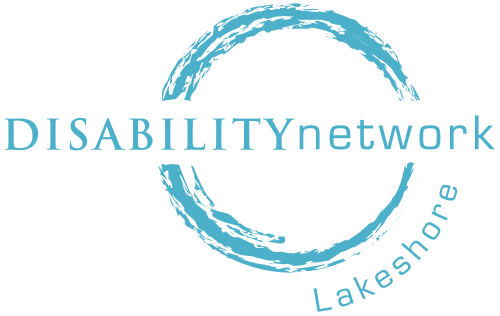The Pact Act and Burn Pit Exposure
Between 2001 and 2010, over a million and a half troops were sent to Iraq and Afghanistan. While there, many of them were exposed to burn pits – fires fueled by toxic materials. Exposure to fumes that smelled like burning plastic went on all day, every day. Some of these fires included things like batteries, arsenic, heavy metals and even jet fuel. And if that wasn’t enough to cause health problems, desert dust, sandstorms, and diesel fumes made things much worse. Breathing fumes from the fires has caused a health crisis among veterans similar to what Agent Orange did to veterans that served in Vietnam.
The PACT Act is a new law that expands the health services offered to veterans who have been exposed to burn pits, Agent Orange, and other toxic substances.
If you served in any of the following areas on or after September 11, 2001, you are covered by the PACT Act:
- Afghanistan
- Djibouti
- Egypt
- Jordan
- Lebanon
- Syria
- Uzbekistan
- Yemen
- The airspace above any of these locations
If you served on or after August 2, 1990, in any of the following locations, you are also covered:
- Bahrain
- Iraq
- Kuwait
- Oman
- Qatar
- Saudi Arabia
- Somalia
- The United Arab Emirates (UAE)
- The airspace above any of these locations
The PACT Act will:
- Expand and extend eligibility for VA health care for Veterans with toxic exposures and Veterans of the Vietnam, Gulf War, and post-9/11 eras.
- Add 20+ more presumptive conditions for burn pits, Agent Orange, and other toxic exposures.
- Add more presumptive-exposure locations for Agent Orange and radiation.
- Require the VA to provide a toxic exposure screening to every Veteran enrolled in VA health care.
- Help improve research, staff education, and treatment related to toxic exposures.
Exposure to other chemicals and materials may also qualify you for care under the PACT Act, including chemical or biological testing between 1942 and 1975, or if you served in Vietnam or near the Korean Demilitarized Zone (DMZ) and were exposed to Agent Orange. You may have been exposed to asbestos or mustard gas. If you were at Camp Lejeune or MCAS New River between August 1953 and December 1987, you may be at risk of illnesses caused by contaminated drinking water. If you were part of warfare testing for Project 112 or Project Shipboard Hazard and Defense (SHAD) from 1962 to 1974, you may be at risk of illnesses caused by chemical testing. If you served in the post-WWII occupation of Hiroshima or Nagasaki, were imprisoned in Japan, worked with or near nuclear weapons testing, or served at a gaseous diffusion plant, you may be at risk of illnesses caused by radiation.
If you were exposed to any of these hazardous conditions, contact the VA to find out if you are eligible for VA disability compensation related to these exposures.
Toxic exposure screenings are available at VA health facilities across the country.

